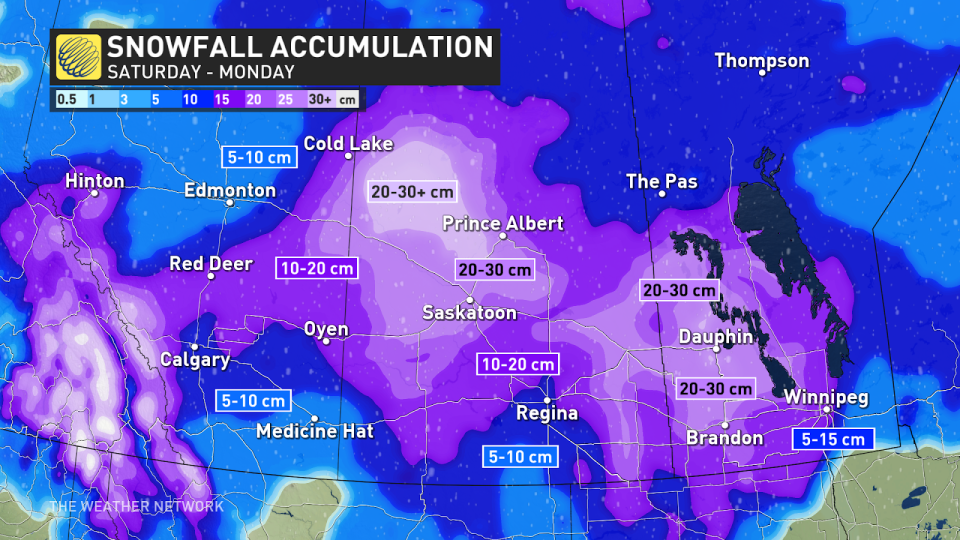Avalanche warning issued as snow piles up in the Rockies

Avalanche Canada and Parks Canada are issuing a widespread avalanche warning as snow piles up in parts of Alberta and BC.
“Recent storms have deposited a significant amount of snow across Western Canada,” the Avalanche Canada warning reads.
“This new snow sits on prominent weak layers established during drought conditions in February. In some areas, there is more than one weak layer.”
The warning is in effect for a large portion of the Rocky Mountains stretching from the US border all the way north to Williston Lake. Parts of northwestern BC are also under the warning, as well as parts of the southwestern interior.

RELATED: 'Very dangerous' avalanche warning persists for parts of B.C.
The recent snow has been a boon for inbounds mountain skiing.
Alberta resorts have been reporting significant snowfall. Sunshine Village has seen 23 cm in the past 24 hours and 59 cm over the past week, while Lake Louise is reporting 61 cm over the past five days. Nakiska, meanwhile, saw 19 cm overnight between Wednesday and Thursday.
On the BC side Revelstoke has seen 23 cm in 24 hours and, further west, Whitewater Ski Resort reported 17 cm of new, overnight snow on Thursday morning.

But Avalanche Canada is stressing that while the powder is alluring, backcountry recreation should be approached with caution.
“If you’re seeing that red colour on the map, denoting high avalanche danger, the message is definitely to avoid avalanche terrain,” said Avalanche Canada Forecaster Tyson Rettie.
“With the amount of remote triggers we’ve seen, I’ve been telling people to look for terrain less than 25 degrees even, and often terrain with no overhead hazard, often densely forested terrain as well, that would be what we’re saying in the context of avoiding avalanche terrain.”
There have been three fatal avalanche incidents in Western Canada already this season, Rettie says, all in the Rocky Mountains. He added the 10-year moving average for avalanche deaths in Western Canada is 11.
He stresses that anyone heading into the backcountry should check avalanche forecasts before heading out, carry transceivers, probes and shovels and choose smaller objectives that minimize the consequences of an avalanche.


